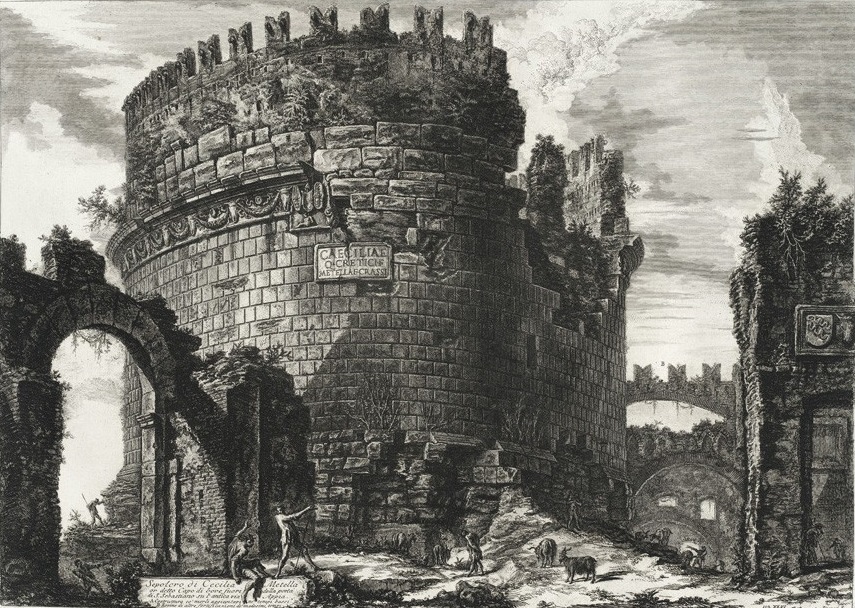
One of the main roads leading out of Rome, the Appian Way (Via Appius) led south parallel to the west coast for a while until Capua (just north of Puteoli and Naples) when it cuts east across the mountains to continue on towards Brindisium (modern Brundisi) midway down the heel of the Italian peninsula, a total of 560 km..

The Appian Way is not mentioned in the Bible as such, but had it not been for the storm which blew their boat off course towards Malta, it was very likely that Paul would have landed in Brindisium (the usual point of embarkment and disembarkment for boats sailing to and from the East) and used the entire stretch of the Appian Way to get to Rome. As it was, the boat carrying Paul arrived on the Italian west coast at Rhegium and then Puteoli, from which Paul then used the Appian Way for the rest of the journey. Acts 28:15 tells how, while on the Appian Way, "the brothers there had heard that we were coming, and they travelled as far as the Forum of Appius and the Three Taverns to meet us. At the sight of these men Paul thanked God and was encouraged." Modern scholars locate the Forum of Appius (i.e., the Appian Market, or a post station) about 40 miles (65 km) from Rome, and the Three Taverns (the Three Inns) about 31 miles (50 km) further down the road.
The road was named after Appius Claudius Caecus, a patriach of the great and wealthy Claudian family, who constructed it beginning 312 BC. The busy commuter route, once outside the Roman city limits, used to be lined with the massive tombs of the rich as a way to show off their wealth and glory. Paul, e.g., very likely would have walked pass the massive round tomb of Caecilia Metella (wife of Crassus), 96 ft (29 m) in diameter and 36 ft (11m) in height. A short way from Rome on the Appian Way Paul would—though he would not then have known it—have passed the spot where now stands the Basilica of St Sebastian, with its massive catacombs, where he, and Peter and many Christians in Rome, would one day be interned.

Tomb of Caecilia Metella on the Appian Way a short distance outside Rome.

©ALBERITH
061119lch